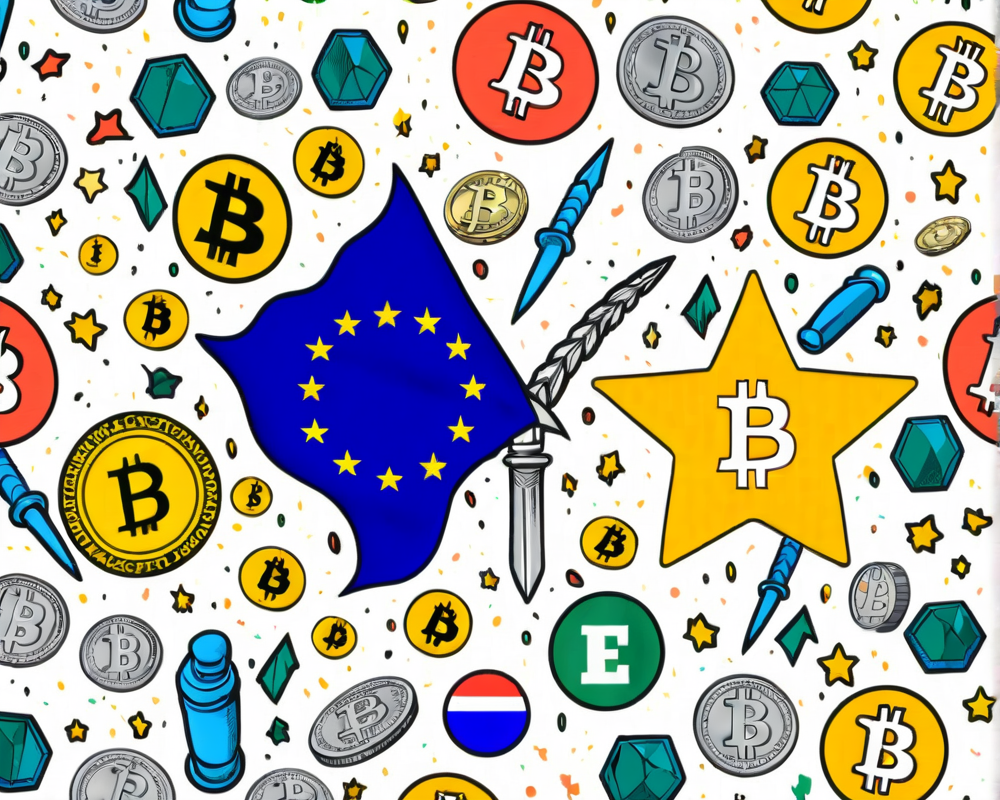A New Era in European Crypto Regulation
At the close of June, the European Union waved its regulatory wand, casting a spell of oversight over the once-wild west of cryptocurrency. The Markets in Crypto-Assets (MiCA) proposal finally caught its moment in the sun, bringing with it a promise of order for the 27 member states. Meanwhile, the Transfer of Funds Regulation (ToFR) strutted onto the scene just a day earlier, touting its ability to eradicate money laundering risks like a digital superhero.
The FATF Connection: Guiding Principles
What’s the secret sauce behind these legislative changes? Let’s time travel back to the Financial Action Task Force (FATF)— a fancy, non-democratic club of country representatives that get to call the shots on global financial rules. Although their recommendations are not legally binding, member countries that ignore them risk being scolded like naughty children. In 2015, the FATF issued its first guidelines on crypto assets, which got an upgrade in 2021, resulting in the EU feeling the pressure to follow suit and get its regulatory act together.
The European Digital Financial Package—More Than Just Fluff
The MiCA proposal is not an isolated event; it’s part of the European digital finance package that has been brewing since 2020. This package is like a regulatory buffet aimed at making the EU a global financial heavyweight. Everything comes with a side of consumer protection and innovation, served on a plate of compliance. As part of this initiative, the EU aims to establish itself as the go-to place for digital finance standards.
The ToFR: Not Your Average Travel Plan
Now let’s unpack the ToFR, often dubbed the “travel rules” of crypto assets. This regulation mandates that crypto transactions must have a traceable identity attached to them. It’s almost as if someone decided that anonymity was too much fun! Here are some of the highlights:
- Identities are needed for all crypto transfers, regardless of how tiny the transaction is.
- Virtual Asset Service Providers (VASPs) are now required to gather information on both the sender and receiver of transactions.
- The regulations reach even unhosted wallets—yes, those that reside on your Ledger or MetaMask.
- Data protection? Don’t worry; it’s under the watchful eye of Europe’s trusty GDPR.
MiCA: The Big Cheese of Crypto Regulation
The MiCA proposal is being celebrated as a global game-changer for the crypto sector, drawing eyes from all corners of the financial universe. With an eye towards protecting investors and maintaining market integrity, here are some of MiCA’s standout features:
- Intervention powers for regulatory bodies like the ESMA and EBA in case of any hiccups in investor protection.
- The authorization of VASPs will require them to have real, physical presence and management in the EU.
- Clear guidelines for stablecoins to ensure their reserves are always ready for action.
- A robust approach to anti-money laundering—because nobody wants that label!
Venturing into the Unknown: What Lies Ahead?
While these regulations might offer clarity, there are still lingering questions. Critics point out that measures like the ToFR might only apply to central bank digital currencies, leaving privacy coins to fend for themselves. As the EU tightens its grip, crypto enthusiasts wonder whether innovation will flourish or be stifled under the weight of bureaucracy.
So, have European lawmakers struck the perfect balance between regulation and innovation? Or will new, elusive transaction methods spring forth like weeds in an overregulated garden? With the stakes this high, one thing is certain: the crypto world is about to become a lot more…interesting.















+ There are no comments
Add yours